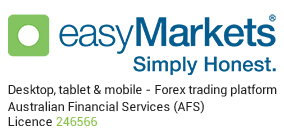How changes in interest rates drive currency prices and Forward prices
A common way to think about U.S. interest rates is how much it’s going to cost to borrow money (for our mortgages or for other purposes), or how much we’ll earn on our bond and money market investments.
Currency traders think bigger. Interest rate policy is actually a key driver of currency prices and typically a strategy for currency traders.
Fundamentally, if a country raises its interest rates, the currency of that country will strengthen because the higher interest rates attract more foreign investors. When foreign investors invest in U.S. treasuries, they must sell their own currency and buy U.S. Dollars in order to purchase the bonds. If you believe U.S. interest rates will continue to rise, you could express that view by going long on U.S. Dollars.
In simple words: You wish to “buy” a certain currency which “pays” more interest than the currency you are buying it with, which now “pays” less interest.
If you believe that the Fed (US central bank) has finished raising rates for the time being, you could capitalize on that view by buying a currency with a higher interest rate, or at least the prospect of relatively higher rates.
For example, U.S. rates may be higher than those of Europe now, but the prospect of higher rates in Europe, albeit still lower than the U.S., may drive investors to purchase Euros.
The market price of Forex forwards is based upon two major factors: the current exchange rate (“spot”), and the difference between the interest rates of both currencies.


